Click! A split-second glance. A fleeting smile. The quiet moment between strangers.
That split-second when you freeze time without anyone knowing – that’s the magic of candid photography. Ever noticed how your smile changes when someone says “cheese”?
Candid photos skip that artificial moment, catching instead the laugh mid-joke, the focus in someone’s eyes while working, or the joy of unexpected good news.
In this guide, we’ll explore the art of taking photos that show people as they truly are; not as they want to be seen.
From techniques to equipment to inspiration, let’s dig how to capture those honest, fleeting moments that tell real stories about real people.
What is a Candid Photograph?
A candid photograph catches people in their natural state, without posing or preparation. Unlike planned photos where subjects know they’re being photographed, candid shots grab honest expressions and true moments as they happen.
The key aspects of candid photos include:
| Natural expressions | Unplanned moments | Real-life settings |
| Candid photos capture genuine emotions; happiness, surprise, focus, or thought, without the stiffness of awareness of the camera. | These photos catch life as it unfolds. They don’t follow a script or plan, making them feel more genuine and true to the moment. | Candid photos show people in their actual surroundings, doing everyday things, which adds to their truthfulness. |
Candid photos connect with viewers on a deeper level because they show true human moments. An honest smile, a look of wonder, or a moment of connection evokes real feelings, making candid photos more moving than posed ones.
The beauty of candid photography’s beauty lies in its honesty.
These photos capture real life- messy yet perfect. This method reveals unnoticed moments, making daily events lasting memories.
How to Capture Candid Photographs?
Taking great candid photos requires practice and the right techniques. Here are the key methods to help you capture genuine moments:
Become a patient observer: Good candid photography requires observing people and their interactions.
The most emotional photos happen when the subjects are engaged in activities or conversations. Watch before lifting your camera to better anticipate meaningful moments.
Master the art of being invisible: For truly natural shots, people shouldn’t notice you taking photos. Try these techniques:
- Use a zoom lens to keep physical distance. Lower your camera between shots.
- Shoot from hip level rather than eye level. Turn off all camera sounds and avoid using flash.
- Move slowly and speak softly when changing positions.
Optimize your camera settings: Candid moments happen quickly, so set up your camera for fast action:
- Use high shutter speeds (at least 1/125s, preferably 1/250s) to freeze motion. Set your camera to continuous shooting mode to capture quick sequences.
- Consider aperture priority mode with f/5.6-f/8 for a good balance of focus area and light intake.
- In low light, increase your ISO rather than slowing your shutter speed. Pre-focus on areas where you expect activity.
Work with available light: Natural lighting creates more authentic-looking photos. Learn to use whatever light is available:
- Side lighting can create depth and highlight facial expressions. Front lighting shows clear details but may cause squinting.
- Backlighting creates silhouettes and dramatic effects. Avoid harsh overhead light when possible.
By practicing these techniques, you’ll improve your ability to capture honest, moving moments that show people as they truly are, not as they present themselves when aware of the camera.
Camera and Equipment for Candid Photography
Selecting the right gear can make a big difference in your success with candid photography. Here’s what you should know about cameras and equipment:
Finding the Right Camera
Different camera types offer various benefits for candid photography:
1. DSLR Cameras
An ideal camera for candid photography should allow you to take a burst of shots without film. It provides excellent image quality and fast autofocus, which helps catch quick moments.
Product Suggestions:
Canon EOS Rebel T7 DSLR Camera
Sony Alpha a7 III Full Frame Mirrorless Camera
2. Mirrorless cameras
Mirrorless camera combine high image quality with smaller bodies, making them less noticeable. Many newer models have silent shooting modes that work perfectly for candid shots.
Product Suggestions: Leica – The typical camera is often preferred for candid photography due to its slim body and small lens.
Your subjects fail to notice this camera due to its compact nature, advantageous for you.
Choosing Effective Lenses
Your lens choice significantly impacts your candid photography:
-
50mm Lens: Offers a natural perspective without distortion due to its fixed focal length, making it ideal for portrait photography, especially when you’re moving around.
-
24-70mm Lens: Effective in both ample natural and low-light conditions because of its wide aperture. This versatile lens is excellent for capturing entire scenes as well as detailed close-ups.
-
70-200mm Lens: A popular telephoto lens known for capturing distant subjects clearly by magnifying them, making it perfect for detailed shots from afar.
Helpful Accessories
A few extra items can improve your candid photography:
- Camera straps without bright brand names help you stay low-key.
- Small tripods or monopods steady your camera in low light without the bulk of full-sized tripods.
- Extra batteries and memory cards prevent missing important moments due to lack of power or storage.
- Lens hoods reduce glare and protect your lens while keeping your photography discreet.
Remember: expensive gear isn’t necessary; the most important factors are knowing your equipment well and being ready to capture moments quickly.
Candid vs. Posed Photography
Many professional photographers use a mixed approach, starting with posed setups but encouraging natural interactions to capture more authentic expressions while maintaining good composition.
| Feature | Candid Photography | Posed Photography |
|---|---|---|
| Control | Photographer observes without directing | Photographer controls all elements of the shot |
| Direction | No instructions given to subjects | Specific guidance on positioning and expressions |
| Planning | Minimal planning, relies on catching moments | Carefully planned composition and setup |
| Results | Natural, sometimes imperfect, authentic | Polished, structured, consistent |
| Time required | Patience waiting for moments to unfold | Time spent setting up each shot perfectly |
| Retakes | Rare – moments happen once | Common – multiple attempts to get perfect shot |
| Best used for | Family gatherings, street scenes, children playing | Formal portraits, headshots, product photos |
| Expressions | Natural, genuine emotions | Controlled, sometimes practiced expressions |
Uses of Candid Photography
Candid photography shows real, unplanned moments instead of posed scenes. This style finds purpose in many areas where showing genuine emotions and authentic interactions matters most.
1. Weddings & Events
Candid shots record true emotions during celebrations – tears, laughter, and genuine reactions.
They complement formal portraits by telling the complete story of special days, including moments the couple might miss during their busy schedule.
2. Street Photography
These images document everyday life in public spaces, showing cultural practices and social interactions as they naturally occur.
Street photographers create visual records of society by observing quietly and waiting for interesting moments.
3. Travel & Documentary
Candid travel photos show authentic daily life rather than staged tourist scenes.
This approach creates truthful visual stories about different communities and cultures, helping viewers understand real experiences in various places.
4. Social Media
Among carefully curated content, candid photos feel more personal and relatable.
Images of natural moments and spontaneous interactions often create stronger connections with viewers and receive more engagement because they appear authentic.
Famous Candid Photographers to Inspire You
Looking at the work of master photographers can help improve your own candid photography skills. Here are three legendary photographers known for their candid work:
1. Henri Cartier-Bresson (1908-2004)
French photographer who coined the term “decisive moment” in photography. Using a small Leica camera, he captured fleeting instances of everyday life with perfect timing and composition.
2. Helen Levitt (1913-2009)
New York photographer who documented street life with focus on children at play. Her unobtrusive style allowed her to capture authentic moments of imagination and joy in urban settings.
3. Garry Winogrand (1928-1984)
American photographer who recorded social life with remarkable energy. His quick shooting style and unusual angles created honest images showing post-war American culture with all its complexity.
Each of these photographers developed their own approach to candid photography, but they shared a commitment to showing real life without interference or staging.
Their work continues to influence how we understand and practice candid photography today.RetryClaude can make mistakes. Please double-check responses.
Capturing Life’s Unscripted Moments: A Final Shot
Snap! Just like that, we’ve explored the world of candid photography together. From defining what makes a photo truly candid to learning tricks for staying invisible while shooting, we’ve covered all the angles.
Remember, the magic of candid photography lies in its ability to freeze genuine moments, a smile that reaches the eyes, a look of wonder, or friends lost in laughter. These unplanned shots often become our most treasured images because they show life as it really happens.
So grab your camera, adjust those settings, and start practicing. At family gatherings or city streets, seek fleeting moments of truth that tell a story.
What’s your favorite candid photo you’ve ever taken? Share your thoughts in the comments below!

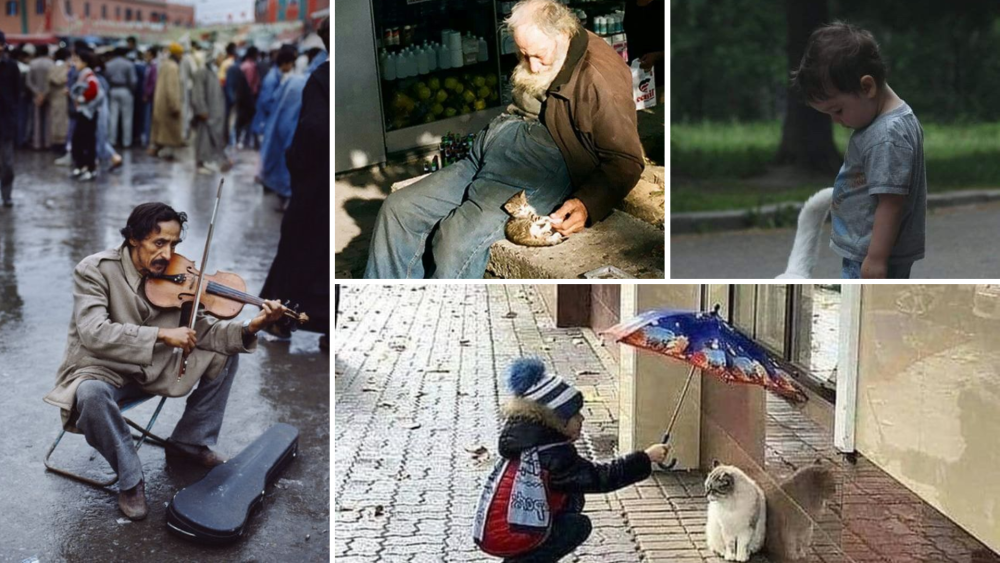
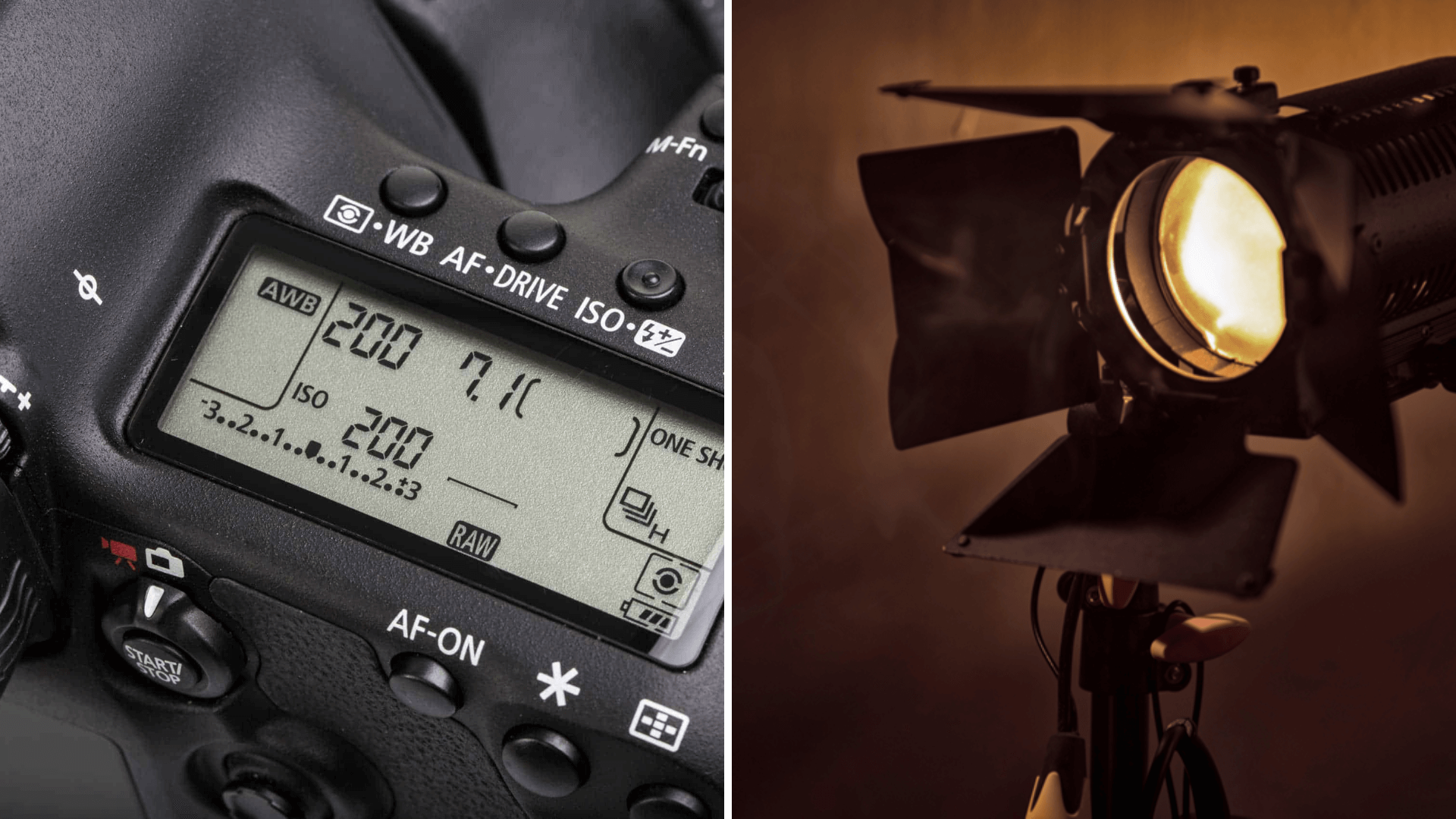
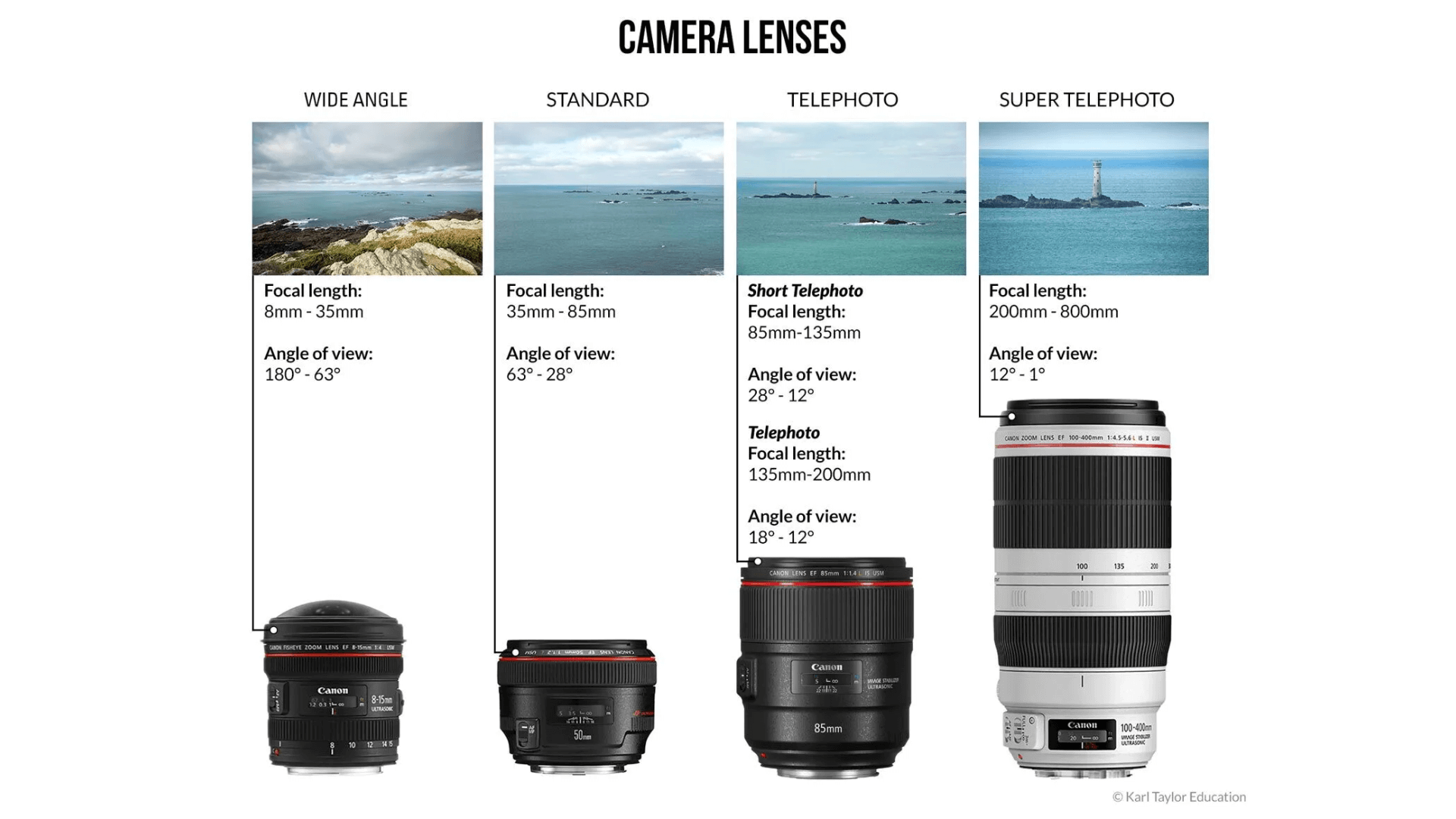
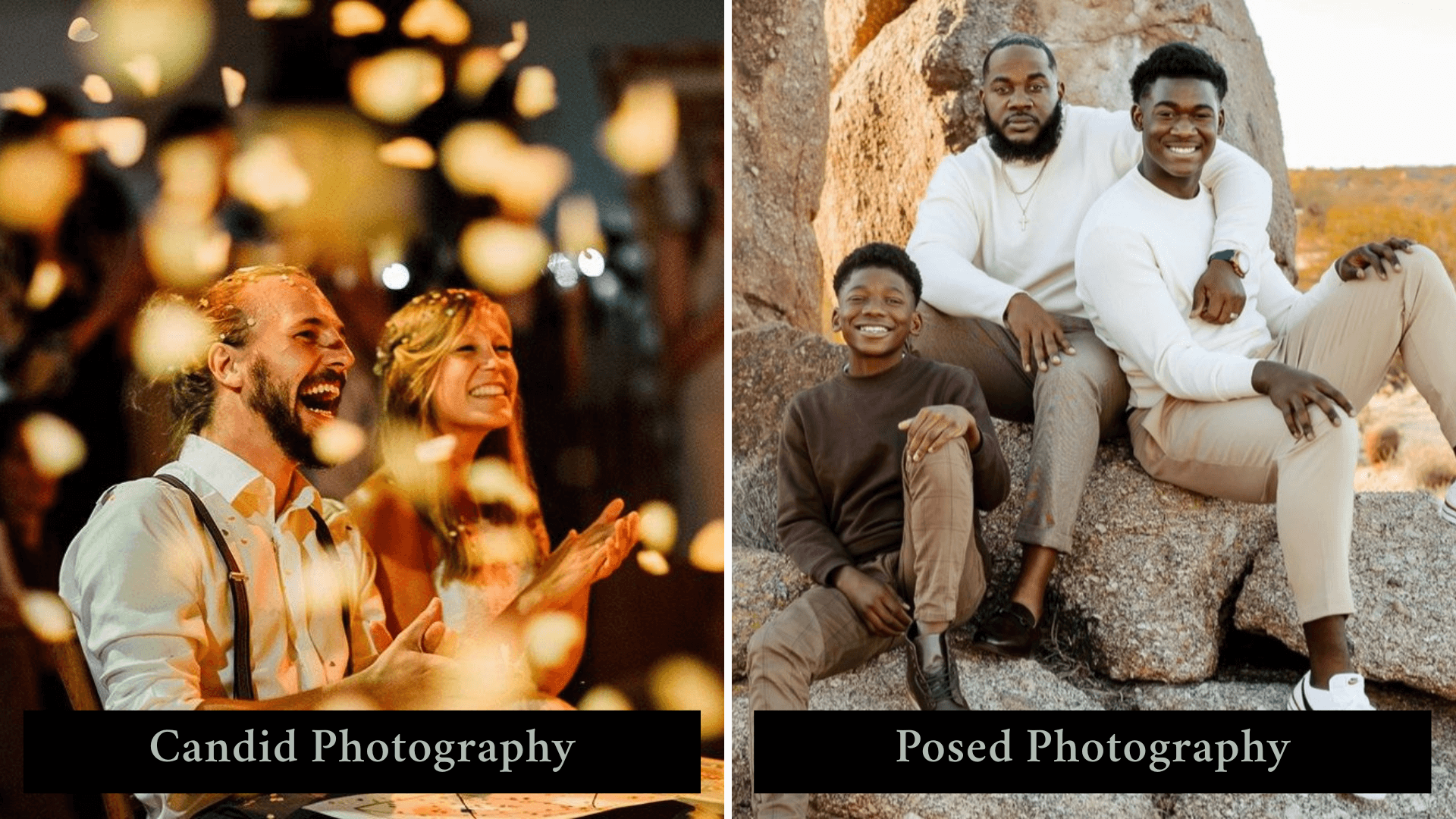
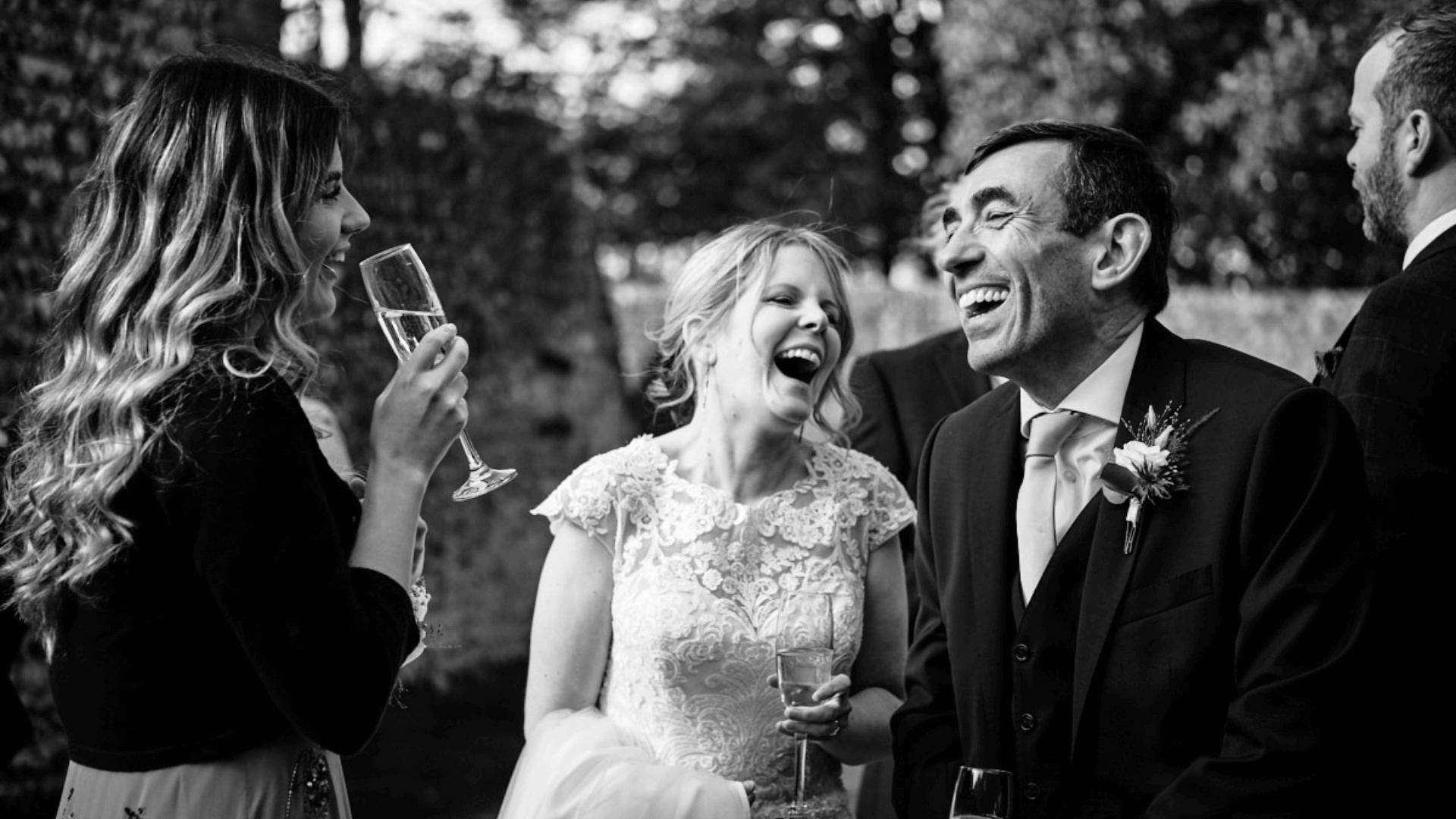
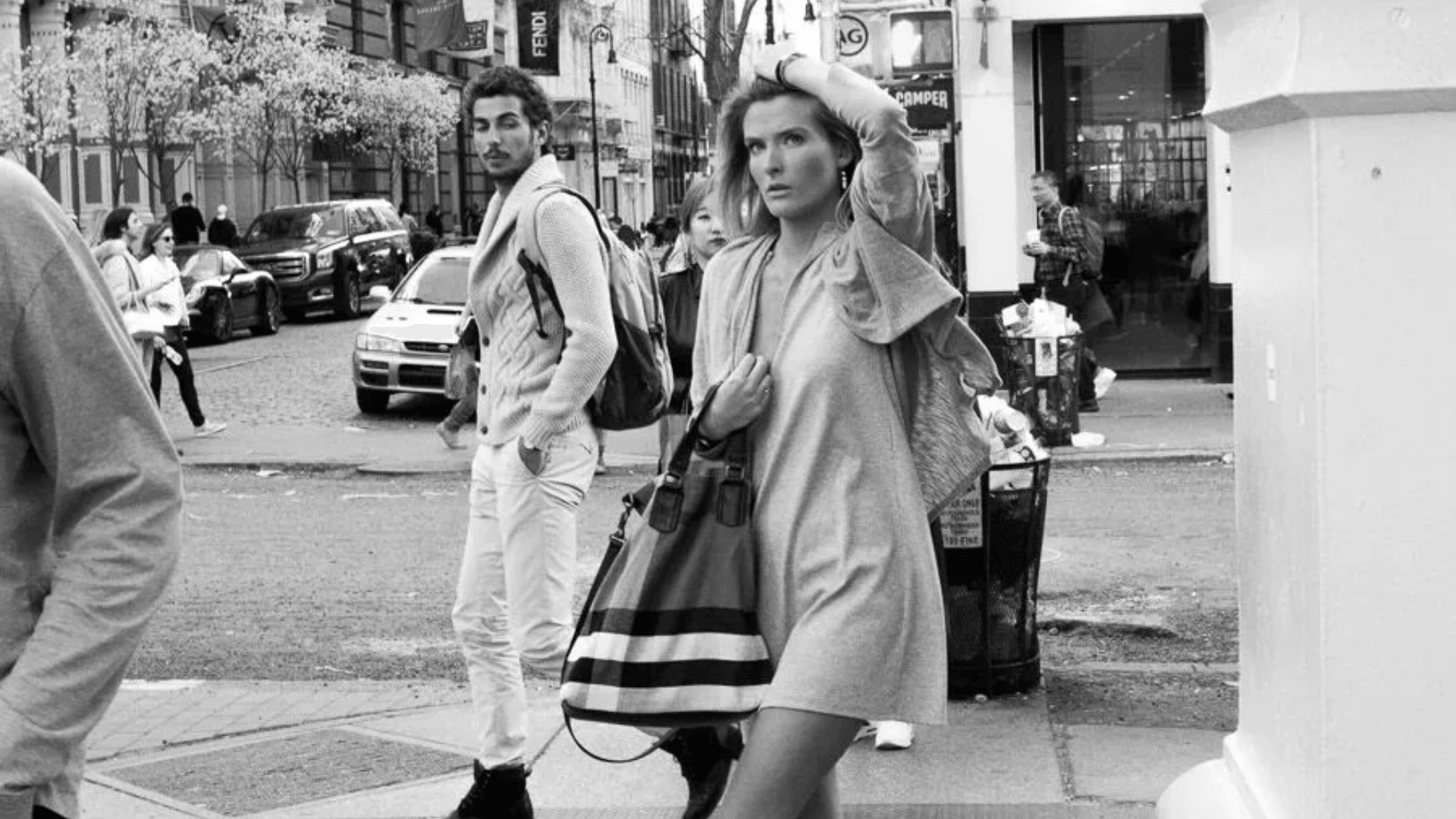
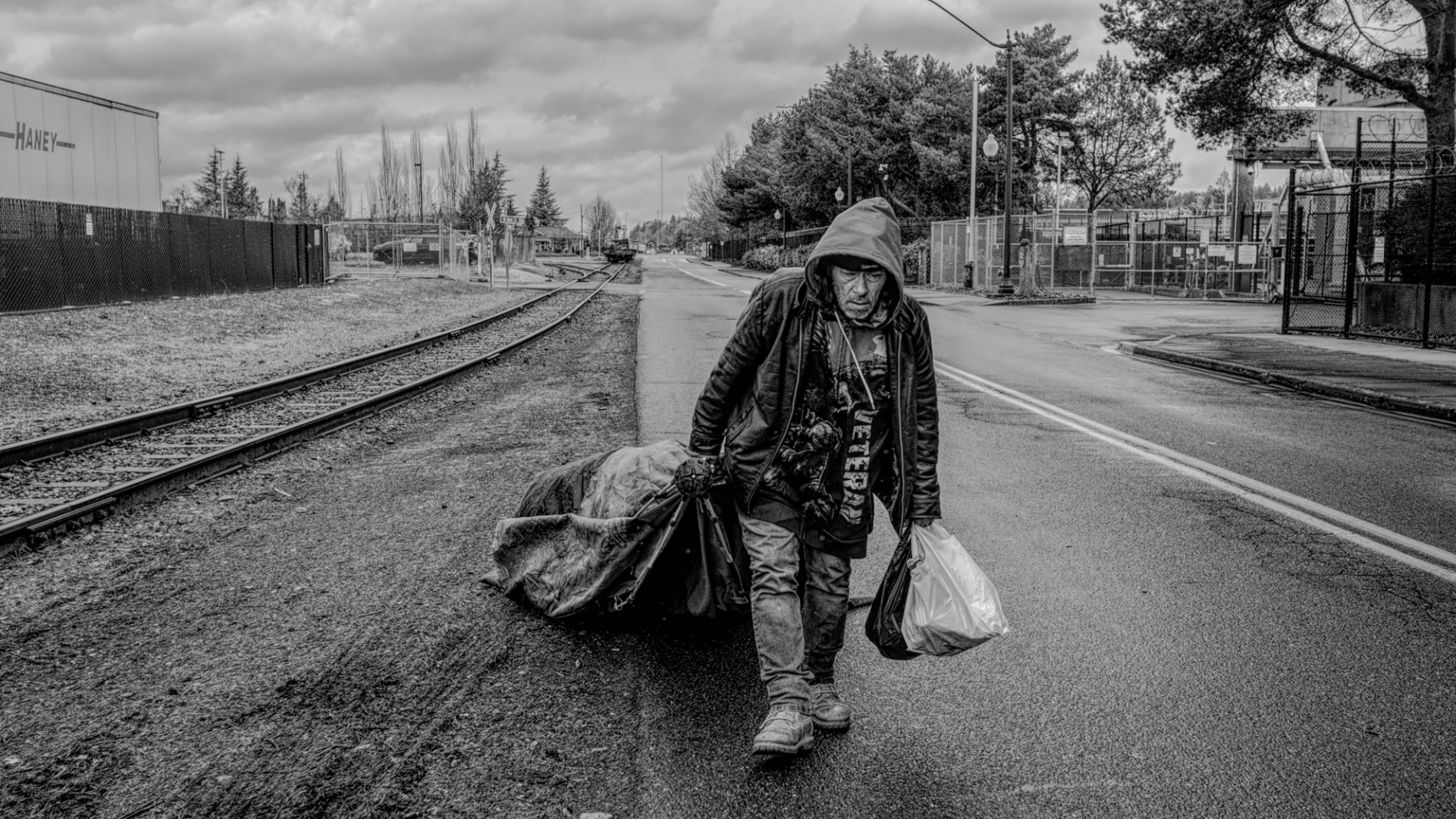
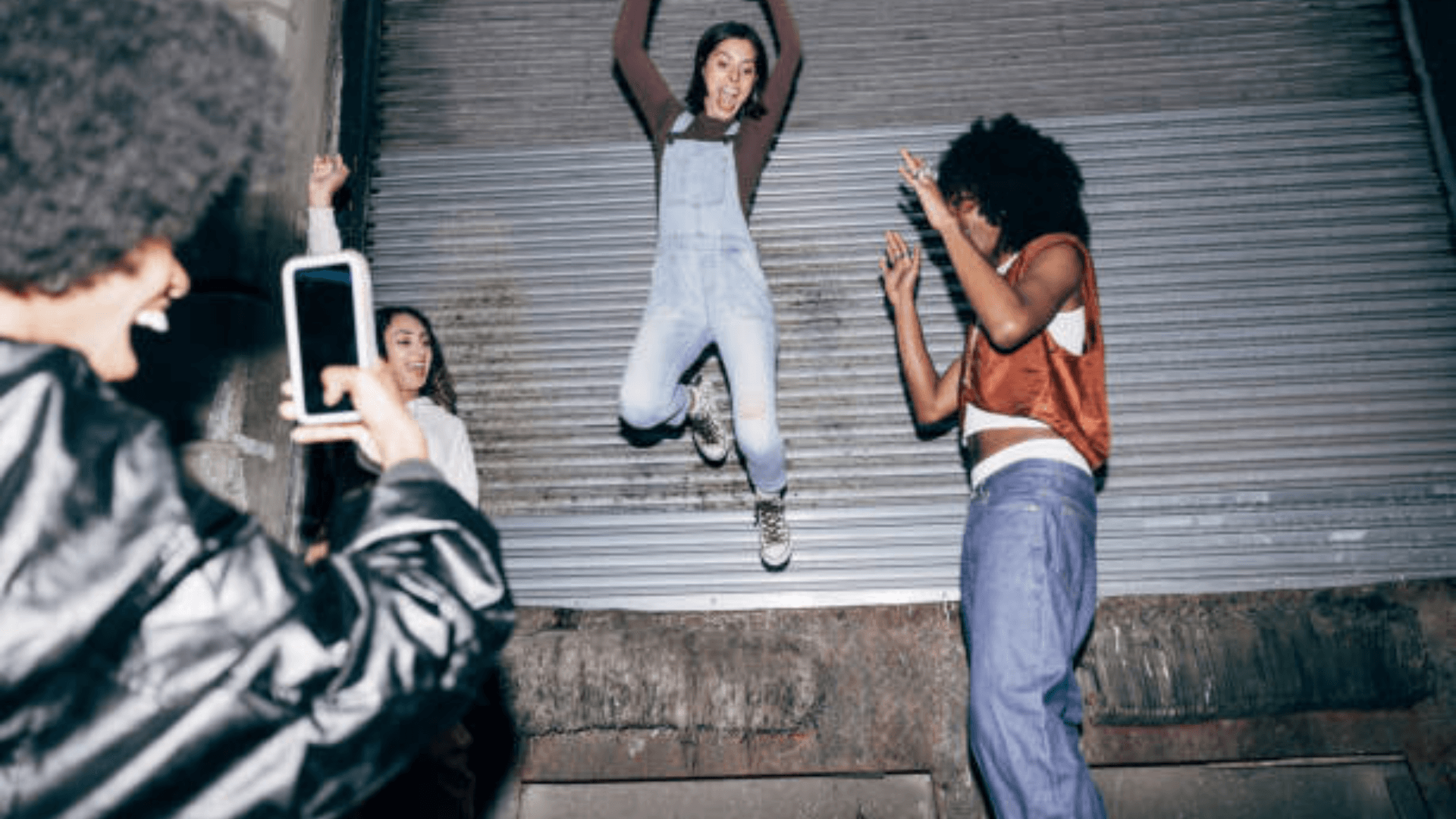
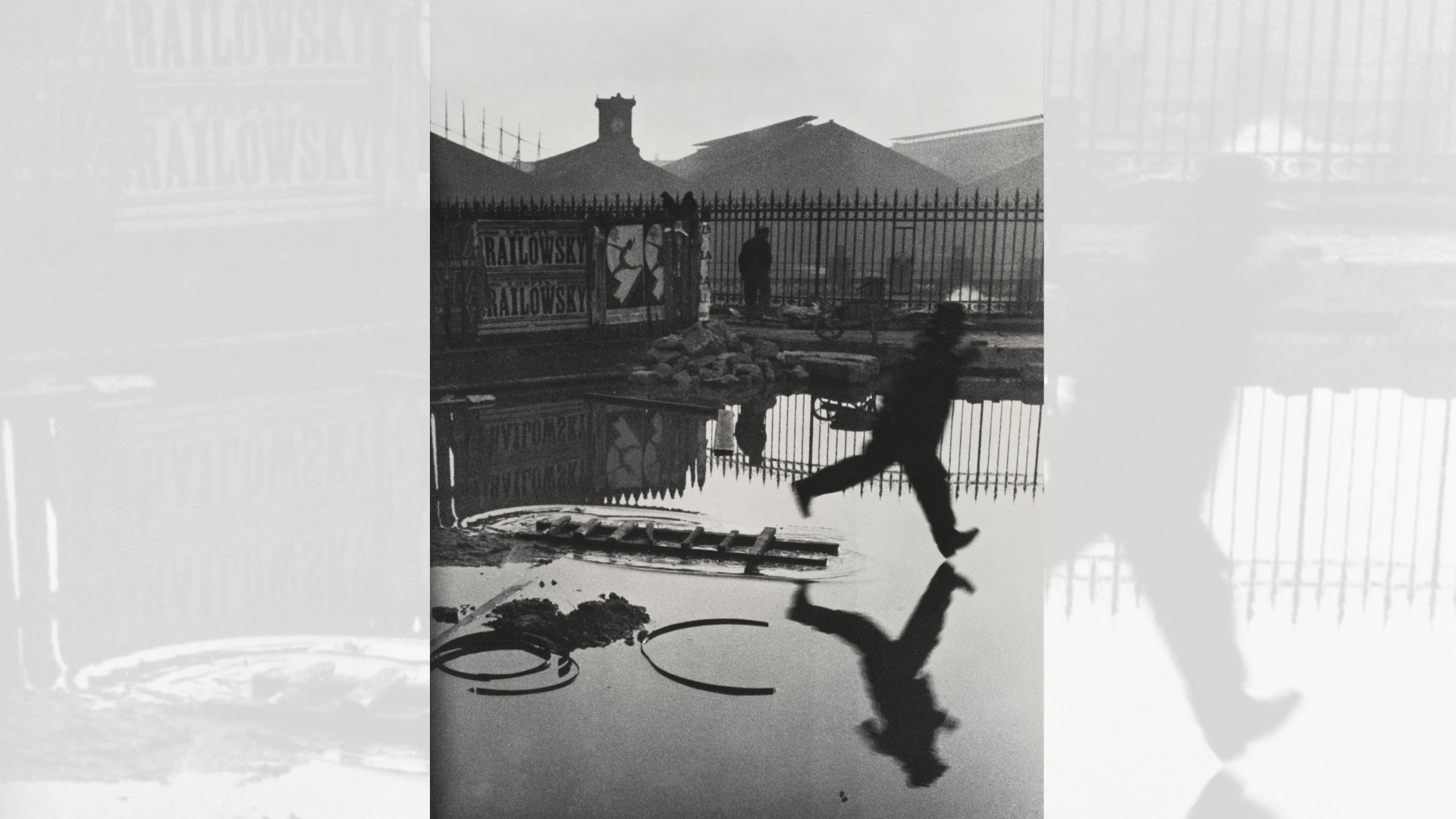
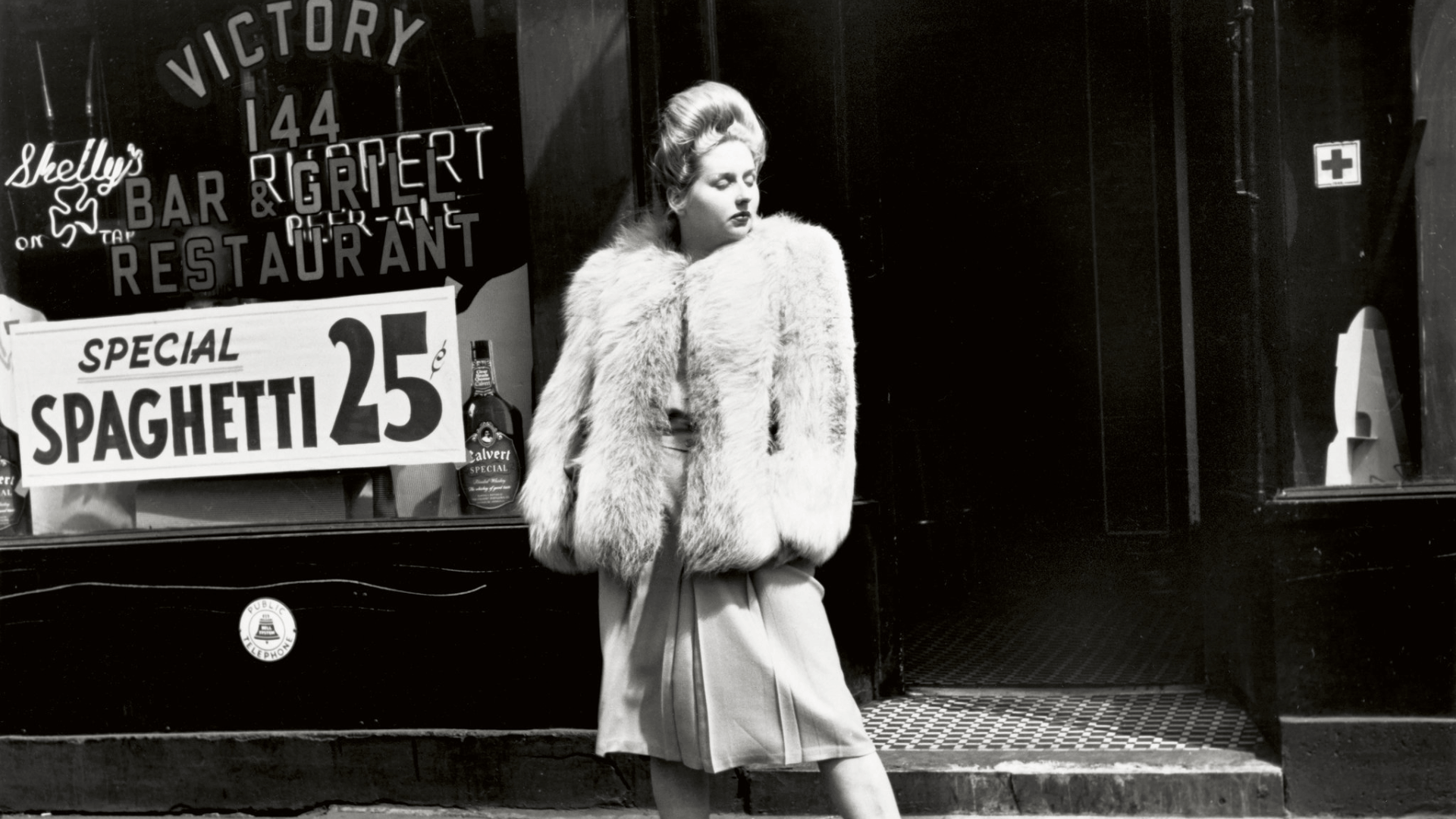
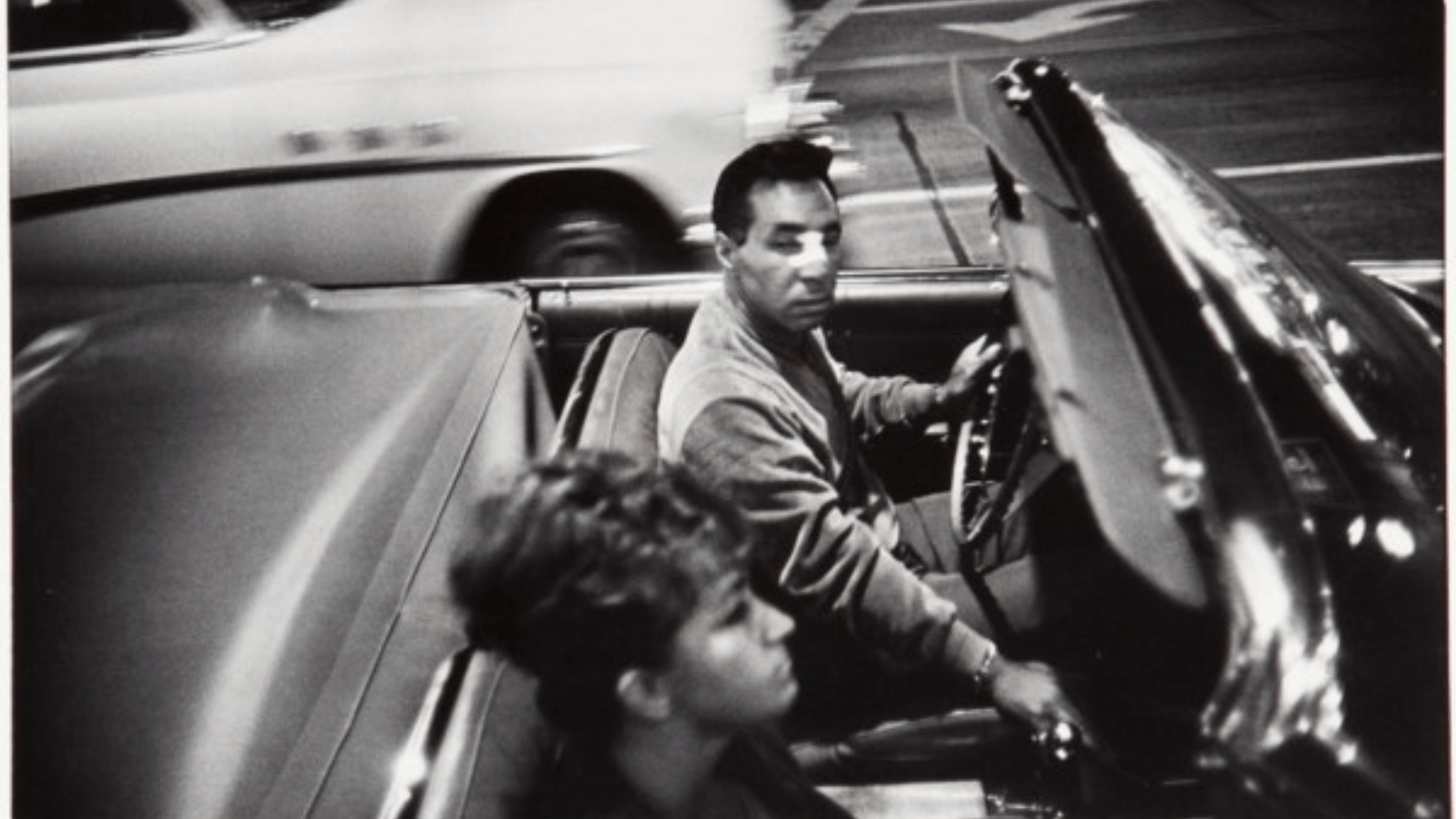
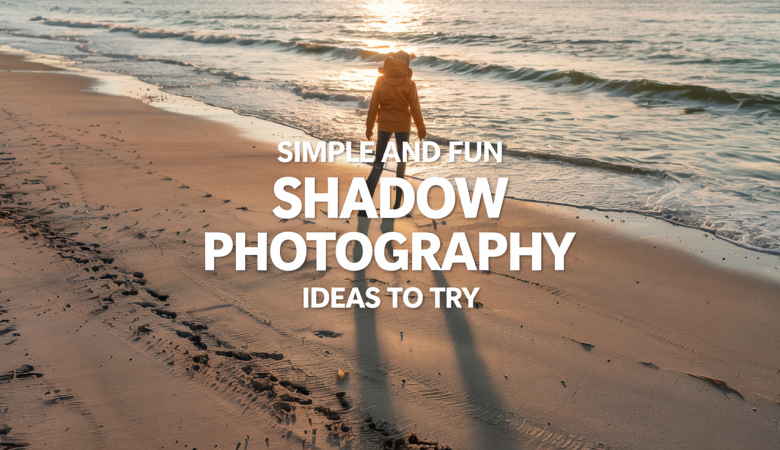
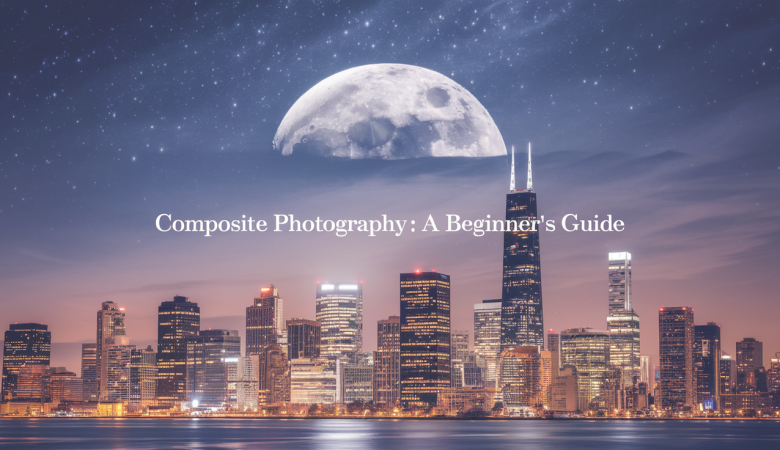

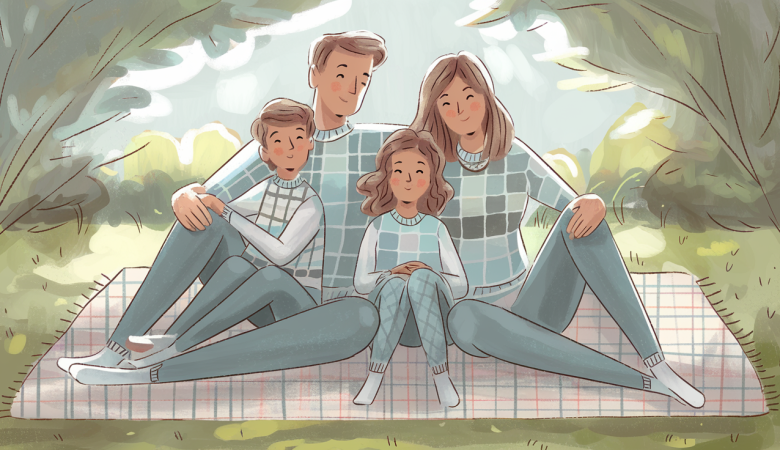
Leave a Reply